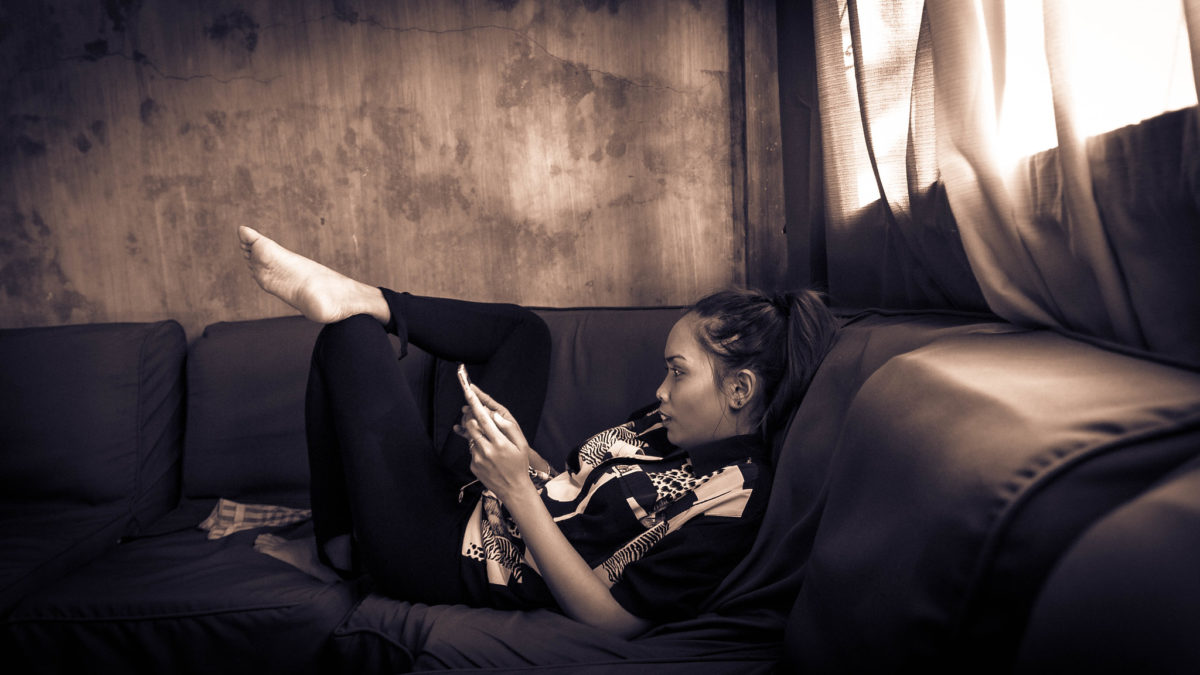Healthcare doesn’t just happen in a clinic.
It’s a theme that resonated before the pandemic, but came into particular view following a time when patients and healthcare professionals were connecting remotely.
Virtual care became a necessity with the arrival of the pandemic. But going forward, this new tech adoption also has implications for efforts to reach more people with care.
That’s something the team at Healthworx, the three-year-old innovation and investment arm of health insurer CareFirst BlueCross BlueShield, recognized when it came to primary care. At CareFirst, nearly 40% of members don’t have a primary care doctor. Maybe a visit isn’t convenient, or they face the societal barriers that lead to healthcare disparities.
“Access has always been an important issue for us to try to solve for as an organization,” said Michael Batista, director of commercialization at Healthworx. “And so as we got into 2020 and started to see the significant uptake and validation around virtual care experiences that the pandemic really put an acceleration on … that gave us confidence that there was an appetite for individuals to seek and engage in care experiences that did not just include brick and mortar locations.”
Looking at a problem, the Healthworx team explores potential solutions and evaluates business viability. It considers can best be solved with investment, partnership to build a new product or creating a new company of its own. In this case, it chose to birth a company.
The insurer launched virtual primary care practice CloseKnit this fall as a subsidiary. It’s the first new company CareFirst launched out of Healthworx.
Open to CareFirst members who have insurance through an employer across the country, CloseKnit allows users to connect with providers to access a range of services using an app.

“It is a different kind of primary care relationship,” said Mary Jane Favazza, the CEO of the Baltimore-based company. “It is a continuous patient-centered, longitudinal relationship that brings a multidisciplinary team to the table for patients.”
Open “24/7/365,” as Favazza put it, CloseKnit is designed as “primary care in your pocket.” It’s meant to reach folks who are at home or on-the-go, and provide an option for care that’s outside of normal business hours. Through a mobile app available on a phone, it connects members with doctors and other clinicians for preventive and urgent care as well as behavioral and mental health. It also offers resources for care coordination and insurance navigation, among others. A team of providers can communicate asynchronously via chat, or with video visits.
In deciding to create the company, Healthworx set out to create a “more accessible, more convenient model that actually delivers higher quality care at a more affordable price,” Favazza said.
“When we looked at this market and how we might approach it, we felt like because of the deep knowledge that we have around the needs of our region, the understanding around a gap that we thought we could solve for and the resources that we thought we could leverage,” Batista said, “we felt comfortable and confident that we could bring something to market that would be differentiated from what’s out there right now and would be able to actually make a meaningful impact at that same time.”
After the decision was made to build a new product, the Healthworx team worked with a variety of experts from across CareFirst to validate and test. The team built the initial infrastructure and a plan.
Favazza joined earlier this year, bringing healthcare tech experience across ventures including Health Dialog, Accolade and Good Measures. The solution reflected her own passion for increasing access to healthcare, as well as what she said was a sound plan. She said resources including data and membership from CareFirst were particularly attractive.
With the app launched, the company is looking to add team members in engineering and product, as well as the clinical team. It will look nationally for talent, as well as to serve members.
Favazza is looking to continue the cycle of feedback to ensure CloseKnit is a “delightful” experience for members, as well as providers. It will also explore how additional technologies can be sent to members’ homes.
“What we’ve set up here is a learning machine that we hope will show great outcomes for CareFirst members,” Favazza said.







